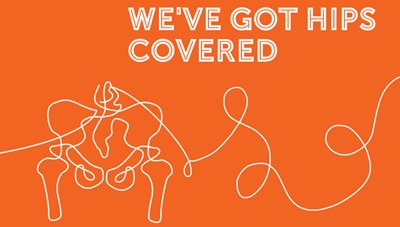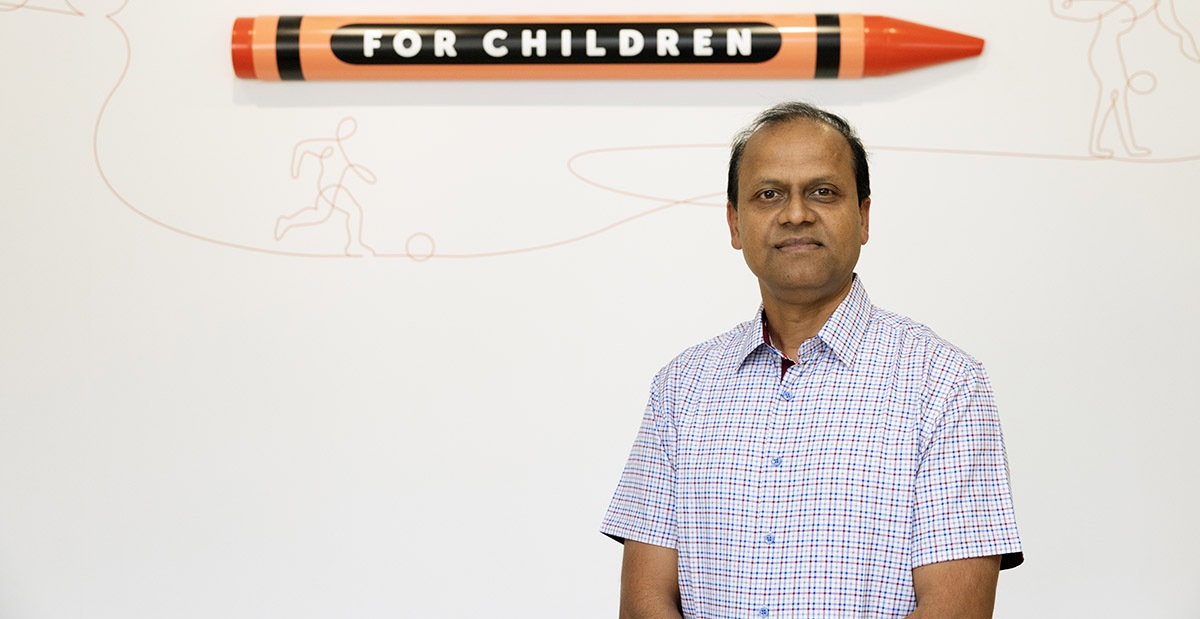Newborns need a lot of care, and that means plenty of visits to the pediatrician during the early months. One thing your pediatrician will carefully screen for is developmental dysplasia of the hip (DDH), a common condition that young babies are especially susceptible to. Learn more about DDH, its risk factors, tips on how to prevent the condition and guidelines on how to spot hip-safe baby accessories from our experts.
Could my baby have DDH?
DDH occurs when there is inadequate coverage of the ball by the socket or there is a dislocation of the hip (the ball is completely outside the socket). The cause of the shallow socket is complex, but it’s a gradual process that occurs during infancy and does not happen at a specific moment.
- Many different factors contribute to DDH, including genetics, as children with a family history of the hip condition are more likely to have DDH than children who do not have a family history.
- Babies who were breech during the third trimester and girls are also more likely to be diagnosed with DDH.
- Studies have shown that if a baby is swaddled incorrectly, it could cause DDH.
At the Center for Excellence in Hip at Scottish Rite for Children, we typically treat DDH using a Pavlik harness, which keeps the hips gently flexed and separated in the right position for encourage normal development of the hip joint. After treatment with a Pavlik harness, we use physical exams, ultrasound and X-rays to monitor growth and confirm the hip joint is developing properly. Even when starting with a dislocated hip, most infants require no further orthopedic treatment after wearing a Pavlik harness.
What other factors could cause my baby to have DDH?
While developmental dysplasia of the hip (DDH) cannot always be prevented, there are some things to look out for as you care for your baby to avoid causing abnormal stress and pressures to the hip that could lead to future problems.
Swaddle Safely
Many parents choose to swaddle their newborn infants. Swaddling involves wrapping a blanket around the upper body of the baby to create a snug fit so that the baby feels secure, but if done improperly, swaddling may lead to DDH. When swaddling your baby, be sure of the following to prevent hip dysplasia and other hip issues:
- A parent/guardian should wrap the blanket around the upper part of the body while keeping the legs free to move and kick. The baby should be able to flex their hips freely.
- If the legs are wrapped tightly with the hips in an extended position, it could affect hip development and increase the risk of dysplasia.
- In young babies, developing hips are very moldable and growing rapidly. Keeping the legs free while in a swaddle allows the baby’s hips to develop normally.
- To avoid swaddling incorrectly, consider using a certified hip-safe swaddle that does not restrict the baby’s legs.
Watch our Proper Swaddling video:
Babywear Properly
Babywearing has been practiced for generations, but a baby’s improper hip position when babywearing could cause problems, while proper placement can contribute to natural hip development.
- The “M-position” is a natural clinging position for infants. In this position, the baby’s thighs spread around the parent’s torso with the hips flexed and the knees slightly higher than the buttocks with the thighs supported.
- Babywearing with your baby facing inwards toward your chest may be better for hip development, especially in babies under six months of age.
- By babywearing your infant in the correct position, you can promote healthy hip development.
- Purchase a hip-healthy baby carrier that has been recognized as hip-safe for babywearing.
Shop Smart
When shopping for baby products such as baby carriers for babywearing or swaddles for sleeping, look for products that have been recognized as hip-safe by the International Hip Dysplasia Institute. Products that have been recognized by the organization promote proper hip placement. View the list of hip-healthy products: https://hipdysplasia.org/hip-healthy-products/.
- Look for recognized hip-safe products.
- Discuss best practices and recommended products with your pediatrician.
- Always use products as instructed and ask your pediatrician for guidance if needed.
- Do not use products that have been altered or damaged, as they may not work properly and could promote poor hip placement.
- Limit time in baby seats that hold the legs in a fixed position.
“We know that the position of baby’s hips are held in infancy can have a dramatic impact on early hip development. We want to ensure they are not positioned in forced hip extension.”

At Scottish Rite for Children, our Center for Excellence in Hip has hips covered. We treat a wide array of hip conditions and disorders in patients of all ages. Hip health is important throughout your child’s life, and we’re here to help every step of the way. Learn more about our Center for Excellence in Hip and all of the conditions we treat.
Learn more about our Center for Excellence in Hip and all of the conditions we treat.














